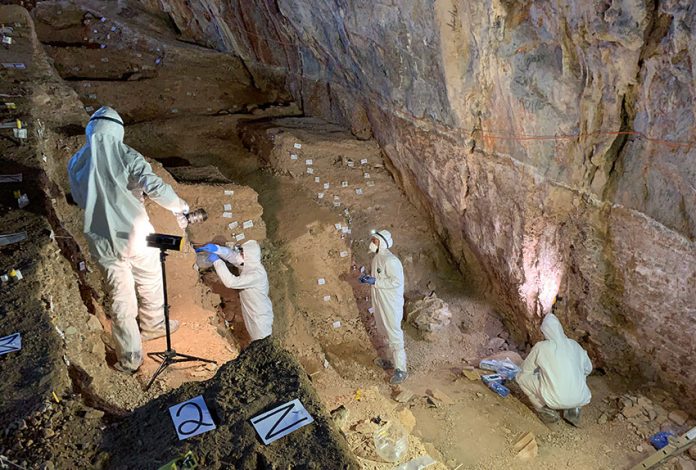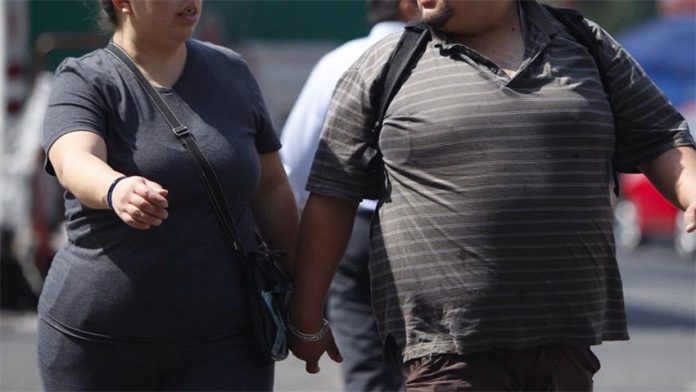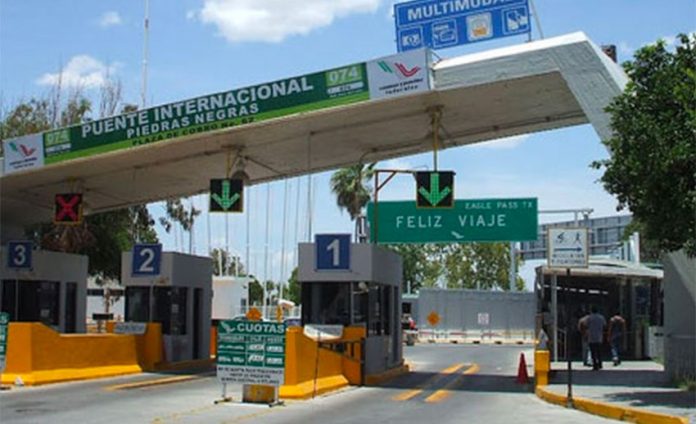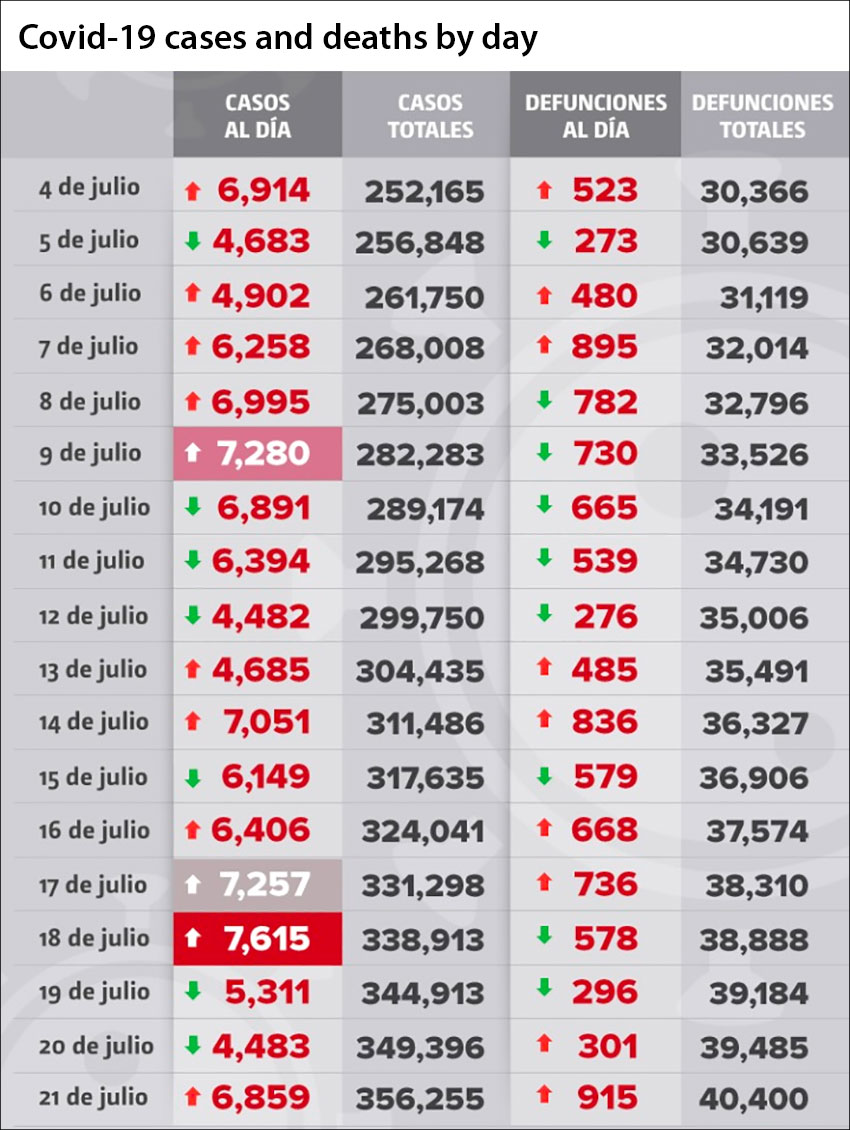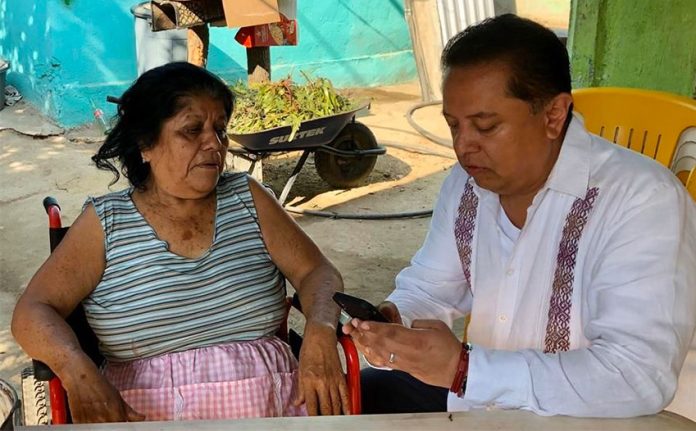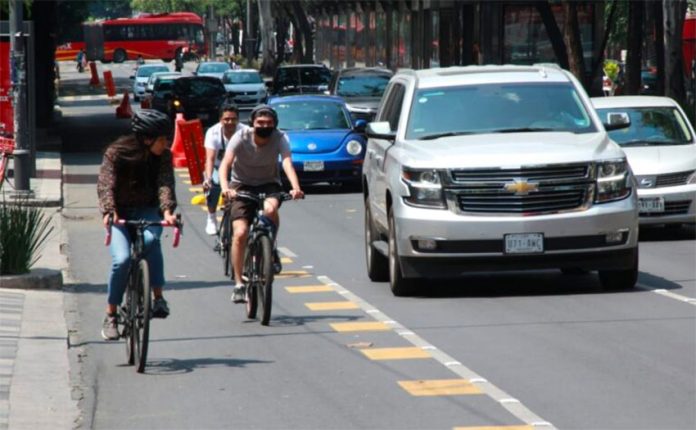A cave in northern Mexico was visited by humans about 30,000 years ago, according to a group of researchers, a date some 15,000 years before people are generally believed to have arrived in the Americas.
A paper published Wednesday in the journal Nature details the discovery of about 1,900 stone artifacts in the Chiquihuite Cave, located 2,750 meters above sea level in the state of Zacatecas.
The paper’s authors say that an archaeological analysis of the artifacts – among which are blades and projectile points – and a DNA analysis of sediment in the cave provide evidence that Chiquihuite was occupied by humans between 25,000 and 30,000 years ago.
The claim, a controversial one considering that humans are generally thought to have arrived in the Americas from northeastern Siberia via a land bridge approximately 13,000-15,000 years ago, has been questioned by some archaeologists but the paper’s authors are confident that their findings stack up.
Ciprian Ardelean, an archaeologist at the Autonomous University of Zacatecas, Lorena Becerra Valdivia, an archaeological scientist at the University of New South Wales in Australia and DNA scientist Professor Eske Willerslev of the United Kingdom’s University of Cambridge – the paper’s lead authors, say the stone artifacts were made out of a kind of limestone that hasn’t been found in the cave and is therefore believed to have been taken into Chiquihuite by humans.

During an excavation of the cave, the researchers also discovered charcoal in the layers of sediment which originates from materials that radiocarbon dating determined was burned between 12,000 and 32,000 years ago.
It is possible that the charcoal originated from a naturally occurring event but the researchers believe that humans that visited the cave may have built fires inside it.
The researchers didn’t find any human remains and only uncovered a few animal bones but they did detect the presence of human DNA in the cave’s sediment. However, it is unclear whether the genetic material was left by ancient people or whether the researchers’ excavation was contaminated by DNA from modern humans, National Geographic reported.
Dr. Mikkel Winther Pedersen, a geneticist from the University of Copenhagen in Denmark who also contributed to the research paper and visited the cave, said that DNA from a wide range of animals, “including black bears, rodents, bats, voles and even kangaroo rats,” was also identified.
“We think these early people would probably have come back [to the cave] for a few months a year to exploit reoccurring natural resources available to them,” he said, adding that their visits likely occurred when herds of large mammals were in the area.
Those animals would have “had little experience with humans so they would have been easy prey,” Winther said.
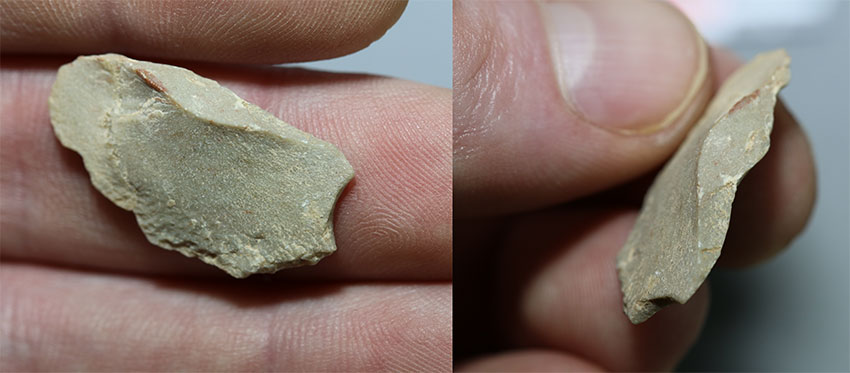
Willerslev, who is also director of the Lundbeck Foundation GeoGenetics Center at the University of Copenhagen, also said that the people believed to have visited the cave some 30,000 years ago were unlikely to have occupied it continuously.
“We think people spent part of the year there using it as a winter or summer shelter, or as a base to hunt during migration. This could be the Americas’ oldest ever hotel,” he said.
The evolutionary geneticist noted that “people have passionately debated when the first humans entered the Americas” for decades and acknowledged that “Chiquihuite Cave will create a lot more debate as it is the first site that dates the arrival of people to the continent to around 30,000 years ago – 15,000 years earlier than previously thought.”
While the researchers say that they have evidence that the cave was occupied, the identity of the early Americans is a mystery, said Ardelean, who has spent months living in the cave over the past decade while carrying out painstaking excavation work.
“We don’t know who they were, where they came from or where they went. They are a complete enigma. We falsely assume that the indigenous populations in the Americas today are direct descendants from the earliest Americans, but now we do not think that is the case,” he said.
“By the time the famous Clovis population [people considered to be the ancestors of most of the indigenous cultures of the Americas] entered America, the very early Americans had disappeared thousands of years before,” Ardelean said.
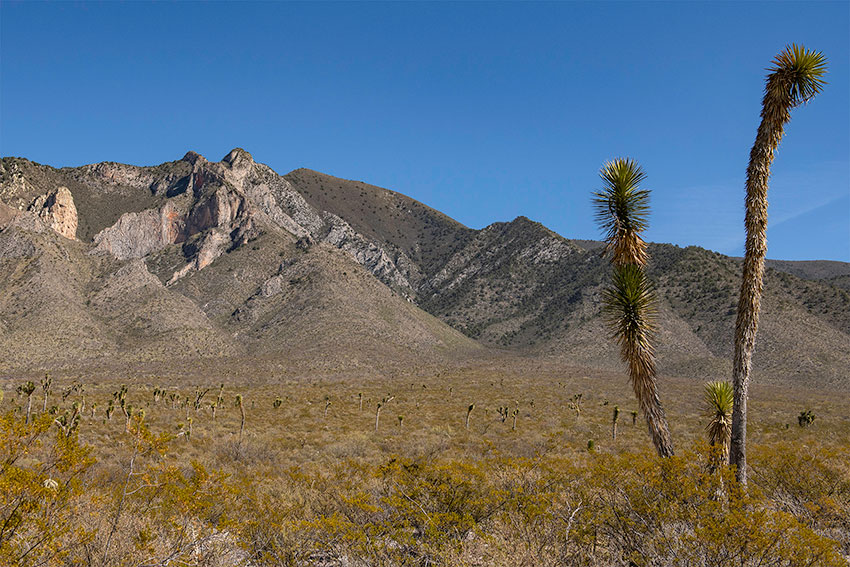
in 2012. Devlin A. Gandy
“There could have been many failed colonizations that were lost in time and did not leave genetic traces in the population today. The peopling of the Americas is the last holy grail in modern archaeology. Unconventional sites need to be taken seriously and we need to go out and intentionally look for them,” he said.
“This site doesn’t solve anything, it just shows that these early sites exist. We are dealing with a handful of humans from thousands of years ago so we cannot expect the signals to be very clear. We have literally dug deeper than anyone has done in the past.”
The earliest human DNA discovered in the Americas dates back 12,400 years, Ardelean said before claiming that he and his fellow researchers have now “shown the previously long held date of human presence is not the oldest date for populating the Americas.”
Rather, “it is the explosion date of populating the Americas,” he said.
Ardelean said the Chiquihuite team is currently working on another paper and expressed confidence that new data to be included in it will provide further support for their conclusions.
For his part, Willerslev said the “implications of these findings are as important, if not more important, than the finding itself,” adding that “this is only the start of the next chapter in the hotly debated early peopling of the Americas.”
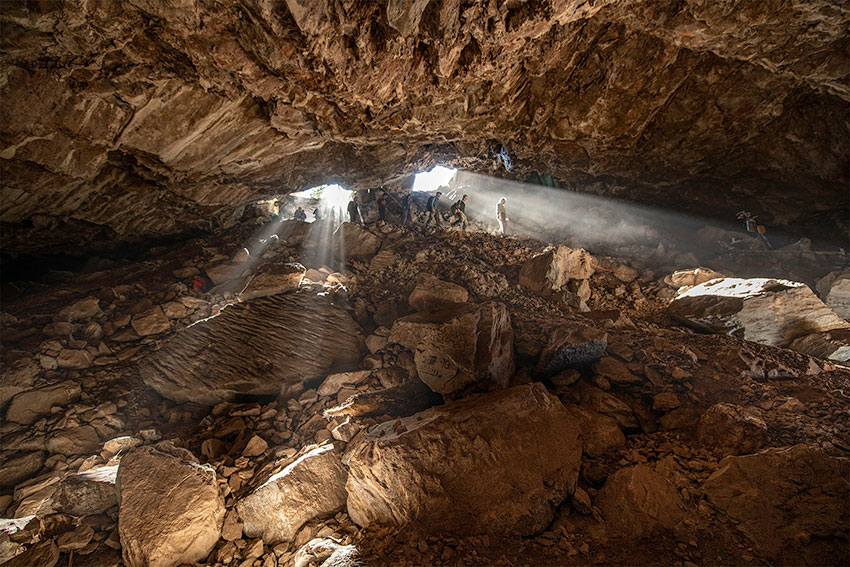
Some experts have doubts about the researchers’ claims, questioning whether the stone artifacts were actually made by humans or whether they were created by natural geological processes inside the cave.
Loren Davis, an archaeologist at Oregon State University who has reviewed the paper published in Nature, told National Geographic that cave environments can naturally fracture stones which can subsequently be misidentified as human-made artifacts.
“The thing to remember is that humans don’t have a monopoly on the physics required to break rocks,” he said.
Davis also said that he was skeptical of the researchers’ claims because they didn’t find other signs of human occupation such as hearths and animal bones with cut marks.
“You can have a big list of all the things you might expect to see in a site, and [the Chiquihuite researchers] don’t have anything except for some broken rock,” he said. “And if you take the rocks away, there’s really nothing.”
Davis described the research as “intriguing” but added that he was reserving his judgement on its reliability.
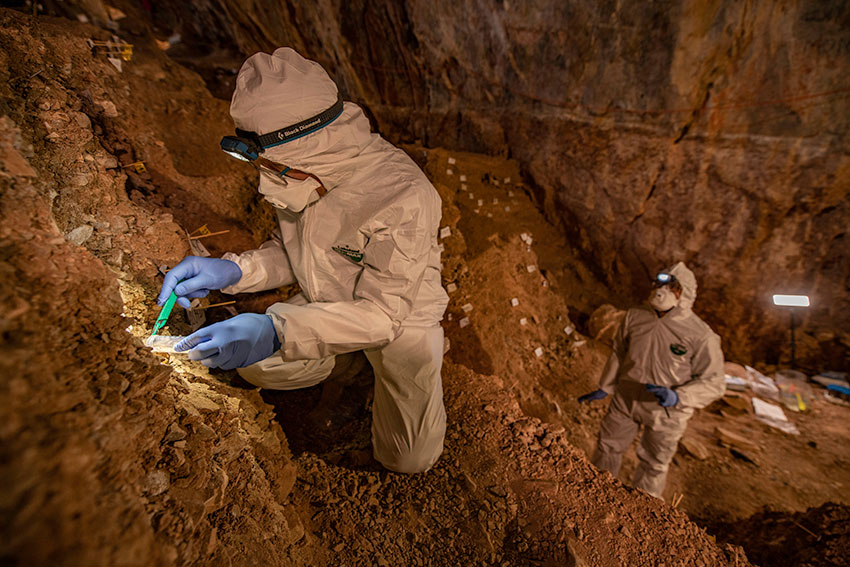
sampling the cave sediments for DNA. Devlin A. Gandy
Dennis Jenkins, an archaeologist and University of Oregon professor, said he had doubts about many of the purported stone blades because, judging by the photos published in Nature, they don’t look very sharp.
However, he added that “there were some that definitely looked like potential artifacts.”
Jenkins also said the fact that the stone came from outside the cave supported the claim that humans collected it and used it to make artifacts.
The archaeologist said that one thing he is sure of is that the Chiquihuite researchers’ claim that humans arrived in the Americas much earlier than is generally believed will be “voraciously” contested.
“I don’t have any doubts about that.”
Source: National Geographic (en)
